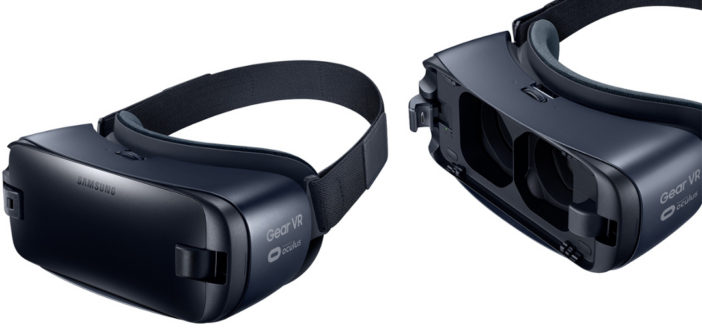For VR and AR to merge with physical reality and become mainstream, 5G is crucial to provide mobility, improve social experiences and address nausea concerns
Ericsson has published its latest ConsumerLab report, Merged Reality, revealing insights into how consumers expect virtual reality (VR) and augmented reality (AR) to merge with physical reality, and that 5G will be a key technology for such experiences to become mainstream.
The report reveals that when boundaries between people’s perception of physical and virtual reality start to blur, this could result in a drastic impact on lives and society. The way we live, work, and consume information and media will fundamentally change.
Realities will not merge if the user is tethered to a computer or cut off from physical reality. Early adopters of VR and AR expect next generation networks like 5G to play a central role. Altogether, 36% have expectations on 5G to provide VR and AR mobility through a stable, fast and high bandwidth network. Also, 30% of early adopters also expect 5G to enable tethered headsets to become wireless.
Key findings of the latest report include that seven out of 10 early adopters expect VR and AR to change everyday life fundamentally in six domains: media; education; work; social interaction; travel; and retail. Media is already being transformed and consumers expect virtual screens to start replacing televisions and theatres in less than a year.
Consumers believe that VR and AR could drastically transform education and learning, with 61% of early adopters believing that VR could be used for education and social purposes. In fact, 49% of consumers who are planning to use a headset, as well as 25% of the laggards, also believe so. In the context of education, laggards are particularly open to specialised and technical trainings being delivered virtually, especially in the field of medicine and surgery.
Replicating physical classrooms, textbooks, field visits and experiments, and learning through demonstrations and interactivity are some of the ways that VR could transform the field of education and learning. A quarter of early adopters believe that, within a year, students will be able to gain practical experiences without actually leaving the classroom.
The other domains are not too far behind. Travel and tourism could go through another transformation, with 25% of early adopters believing that in a year from now, we will be exploring destinations through AR-enabled information and maps overlaid onto our physical environment. VR will also give rise to a new concept of tourism and adventure; 23% of early adopters believe that within a year we will go on adventure trips virtually with others.
From the early adopters surveyed, three in five believe VR will change everyday activities, such as video viewing and social networking. Even among current non-users of VR, almost half of the consumers who are planning to use a headset believe that VR has the potential to create a significant impact in the future. Almost half of the early adopters believe VR could replace physical devices like HD TVs, big screens, smartphones and laptops, and nearly a third of the consumers who are planning to use a headset also believe so.
Live streaming of concerts and sporting events could potentially be a huge application for VR in the media space, with 60% of early adopters expecting that interactive music concerts and events in VR will be mainstream in the next three years.
Close to half of early adopters have already increased their VR video usage since the time they started using it. Altogether, 37% of early adopters have started shifting their video viewing to VR. Among the frequent mobile VR users, as many are watching videos as are playing games on a daily basis. Those who are planning to use a headset in the future believe watching videos in VR will be one of their top activities, even more than gaming.
More than a quarter of early adopters believe that, within a year, they will be watching movies on virtual screens without owning anything other than a VR headset. More than half of them predict video viewing will be the most popular activity in VR. Over a quarter of laggards are also open to watching content on a virtual screen without having to go to a theatre or owning a physical screen.
Ironically, there are simultaneous positives and negatives to VR. On one hand we meet a lot more people in the virtual environment, while on the other we may be isolated from people in our physical environment due to the nature of the current VR headsets. While 51% of early adopters believe video viewing in VR will be popular since it can combine social networking with video, 38% also believe video viewing in VR will be challenging because it can only be done alone.
Consumers expect VR and AR to have an impact on daily activities and experiences across other domains as well. Over a quarter (26%) of early adopters feel that within a year we will be shopping virtually for large items like furniture, and even experiencing them in our homes before purchase.
The qualitative research in the report included an innovative focus group discussion series completely in VR with participants from North America and Europe, as well as traditional focus groups with current users of VR from Japan and South Korea. A series of qualitative VR tests with 20 Ericsson employees were also done to understand how lag in VR can trigger nausea.
In the quantitative part of the study, the report presents insights from a survey of 9,200 consumers in France, Germany, Italy, Japan, South Korea, Spain, the UK and the US, aged between 15-69 with awareness of the concept of VR.





